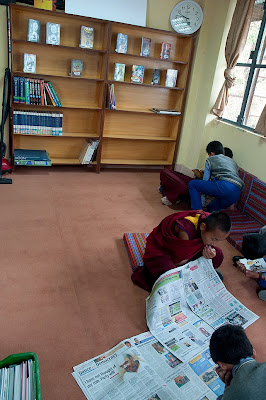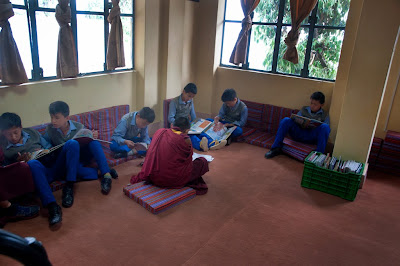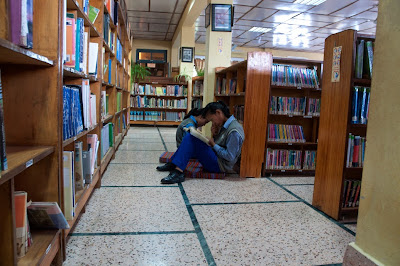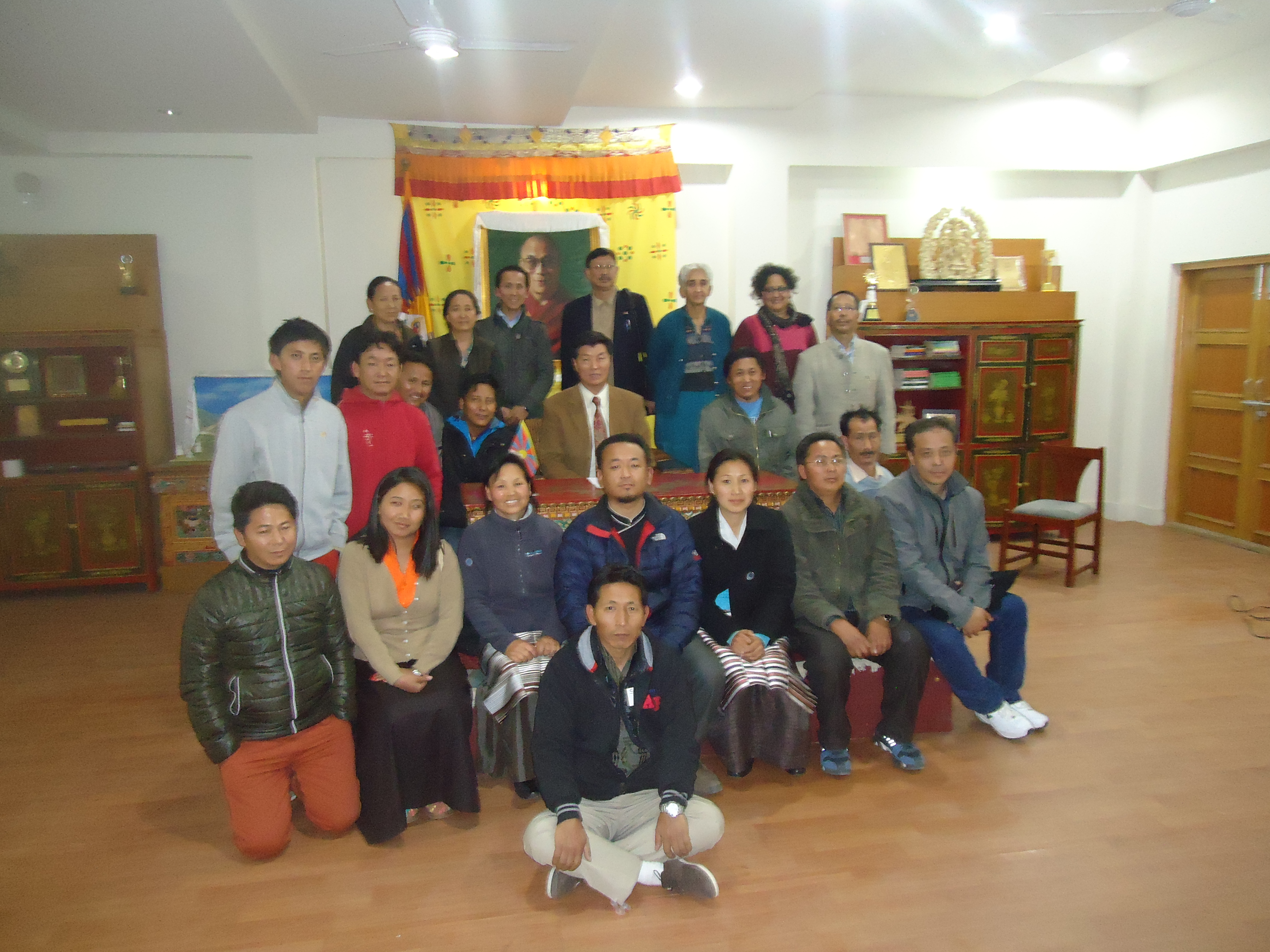An old captivity
Recently I read an absorbing account of a friend’s reading journey and that started me off on my own recollections. I was living with my grandparents in a little township called Kolar Gold Fields in Karnataka. Every morning the call of the sirens woke me up and sent the faithful miners scurrying underground. There were also the urgent wails of the sirens which portended doom for the miners and their families, but at age eight, I was unaware of the tragedies unfolding under the earth.
My reality was the book collection that my young aunts had left behind when they went to the big city to study. The day’s chores kept my grandmother busy late into the night while my grandfather was a distant figure who mounted his motorbike with the sidebar seats and drove off each morning. The school I had attended the previous year was a heap of rubble, devastated by a rock burst early one morning and now mourned by the figure of Jesus as he looked down in perpetual sorrow. My parents in far-off Calcutta were busy rearing a delicate younger brother and had not taken in the implications of my solitary state. But personally I was in heaven. A tiny hot room with a tin roof to bake in, cupboards full of delectable books, the whole day stretching out and no one to check what I was reading! The first book I browsed through seemed intriguing. Chinese names and outlandish customs. So at age 8, there I was plunging into “The Good Earth” by Pearl Buck. I can’t say I understood it all but the desolation of the famine did stay with me. As for the parts about the concubines, it was a word to reckon with, nothing more!
The next lot I went through was the whole set of Dickens novels. I was a year older then and relished with great delight his deft handling of the English language.“She had a trenchant way of cutting bread and butter,” is a sentence that has never left me! The complexity of the language was a wee bit beyond my total comprehension but flashes of understanding brought to light the promise of what was to come. Pip, Estella, Oliver, Fagin, Mr. Micawber, Sidney Carton….. Oh! what wondrous and real people they were to me. Then it was the turn of the Russians. Tolstoy, Dostoevsky and Chekov evoked people and places that I could never have dreamed of. Somewhere in the distance I could hear my grandmother call out to me but she was not real to me then. She had her own special place in my tryst with books. When night fell, I would hover around her and wait for her last chore to be done. The bright blue covered books would be taken out of her little cupboard and as I gazed entranced at the pictures, she would begin her narration of the Ramayana. These were not just the highlights but the stories behind the stories and they always came with a little lesson. “Do you know why Laxmana’s wife, Urmile got left behind when they left for the forest? She was having a bath and took so long that when she came out they were gone. So it is not a good thing to spend too long over a bath!” I could hardly keep my eyes open but there was no question of falling asleep. Curled up in her lap, I listened with deep contentment.
Cut to more than 60 years later and the inexorable march of the kindle. “You are such a great reader,” people say, “the kindle is perfect for you. Don’t resist. You can read as many books as you wish.” How can I begin to explain my old captivity? For me, reading comes with a host of memories. Every time I pick up a book to read I see a solemn girl, baking in that little room oblivious to everything but her world. Even now, what entices me is the smell of the books, the feel and weight of the book in my hands, the anticipation as I open the first page and the vision of cupboards with their promise of delights to come.
Kindle, baby, you’ve come a long way but you can’t do it for me!
Usha Mukunda. usha.mukunda@gmail.com August 21st 2014.




 Usha Mukunda
Usha Mukunda
